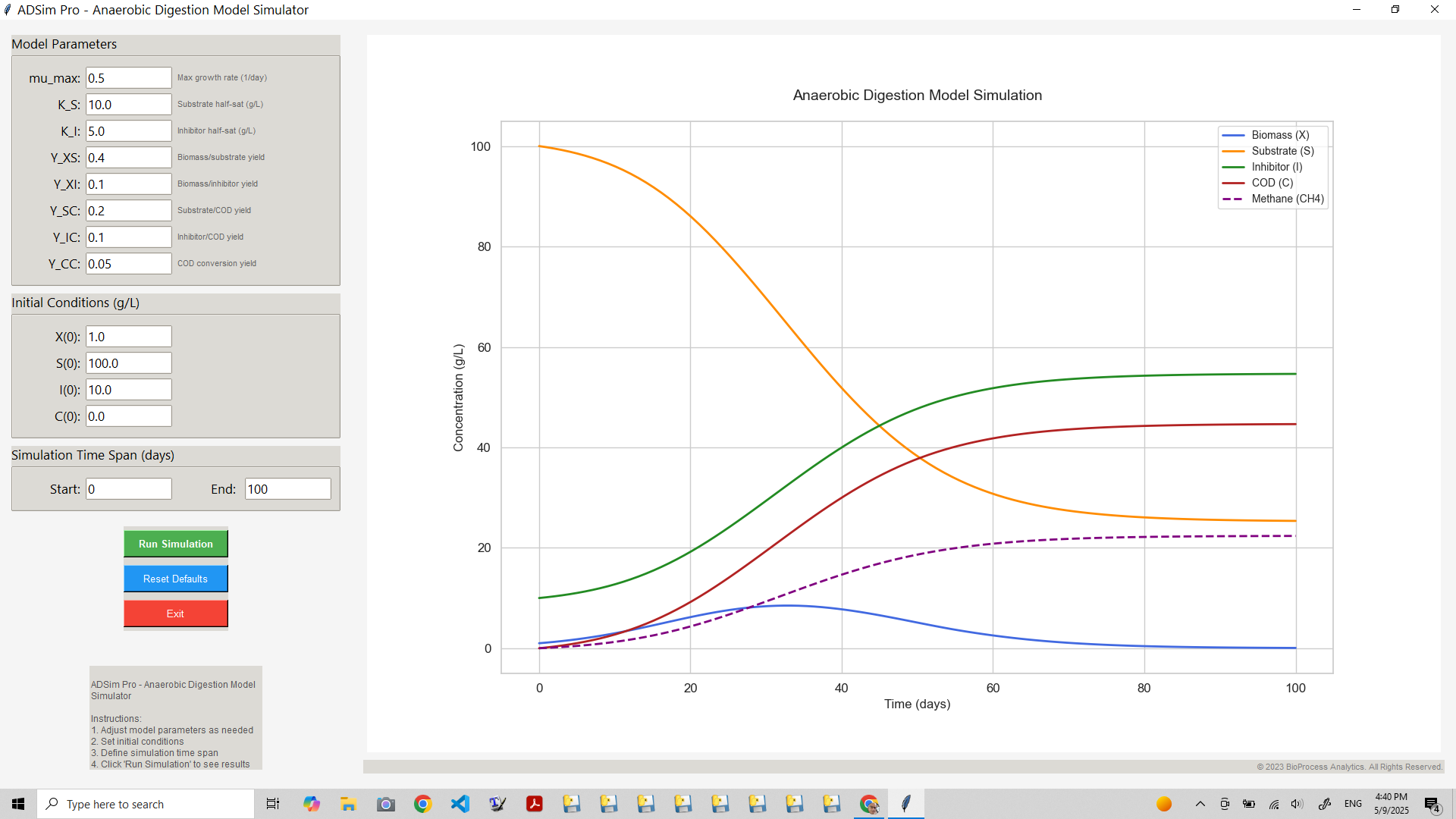
Hatem
Forum Replies Created
I agree Ryan !
Social acceptability is vital to the long-term success of any biogas project—and it comes down to two key pillars: education and engagement.
During development, it’s essential to involve communities early, not just to inform, but to listen !!
People need to understand what biogas is, the local issues it addresses, and how concerns like odor, safety, or visual impacts are being managed with proven solutions.It’s also important to acknowledge that many potential Stakeholders may be uneasy about the financial implications of new infrastructure—fearing costs, risks, or long-term consequences. These concerns are valid and must be addressed with clear, balanced information about both the advantages and limitations of renewable natural gas (RNG) projects. Transparency builds credibility.
While some hesitation exists around early outreach before permitting, waiting too long can backfire—communities often feel projects are being presented as a done deal. Successful projects maintain engagement well beyond commissioning, becoming trusted community members through ongoing education and participation in local life.
I noticed that at the core, people care deeply about their environment and their community’s well-being. They understand that Anaerobic Digestion offers more than clean energy—it tackles waste, recycles nutrients, and can support local resilience when introduced openly and collaboratively.
Plug Flow Digesters: Suitable for semi-solid to dry materials (like manure with bedding or dry crop residues), these digesters allow material to move slowly in one direction through the reactor. They’re often used on farms and can be scaled for community MSW projects.
Hi Natalia,
I think, designing a biogas plant requires careful modeling to ensure the system performs efficiently and sustainably under real-world conditions. The most important aspects include understanding feedstock variability—how different materials affect gas production and retention time—and selecting the right digester size and type based on input volume and temperature requirements. Modeling also helps estimate energy output (biogas volume and methane content), simulate heat and mixing needs, and plan for digestate handling. Integrating the plant with nearby farms, industries, or energy networks adds value but requires system-level simulations. Finally, economic modeling is essential to evaluate costs and revenues, ensuring the project is both technically sound and financially viable.
Hatem
Member26 May 2025 at 10:21 am in reply to: Financial viability of biogas and RNG (biomethane projects)In addition, since Quebec’s natural gas pipeline network does not yet cover the entire province, opportunities for RNG injection can be more limited in certain remote or rural areas. This makes on-site or local use of biogas particularly important in those regions, and highlights the need for flexible, context-specific solutions. Supporting developers through knowledge-sharing, streamlined regulatory processes, and thoughtful infrastructure planning can help foster a more inclusive and resilient biogas market across the province.